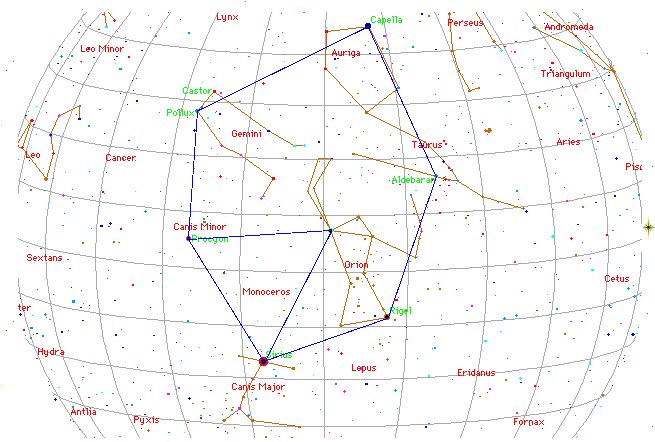It strikes me that the figure in Bb6-13 (→ 61 * 3 = 183) could allude to the direction west:
Because the design - with the Sun in front of a pair of 'trees' - is the opposite of that for the direction east, which has the Sun behind a single tree:
My interpretation would be in harmony with thinking about how day number 360 at the time of the Bull (DECEMBER 26), when the Sun had been at the Rain star (Matar, η Pegasi), could be connected with the day for the other remarkable η star 182 days earlier (JUNE 28), viz. that in the Hull (Carina) of the sunken ship Argo Navis - connected as if by a kaikai thread.
... 4 March 1779. The British ships are again at Kaua'i, their last days in the islands, some thirteen months since their initial visit. A number of Hawaiian men come on board and under the direction of their women, who remain alongside in the canoes, the men deposit navel cords of newborn children in cracks of the ships' decks (Beaglehole 1967:1225). For an analogous behavior observed by the missionary Fison on the Polynesian island of Rotuma, see Frazer (1911, 1:184). Hawaiians are connected to ancestors (auumakua), as well as to living kinsmen and descendants, by several cords emanating from various parts of the body but alike called piko, 'umbilical cord'. In this connection, Mrs. Pukui discusses the incident at Kaua'i: I have seen many old people with small containers for the umbilical cords... One grandmother took the cords of her four grandchildren and dropped them into Alenuihaha channel. 'I want my granddaughters to travel across the sea!' she told me. Mrs. Pukui believes that the story of women hiding their babies' pikos in Captain Cook's ship is probably true. Cook was first thought to be the god Lono, and his ship his 'floating island'. What woman wouldn't want her baby's piko there? (Pukui et al. 1972, 1:184) ... The ancient star at Eridu the Holy City, not far from the Babylonian Tree of Life, was η Carinae,
which in modern times has been described as hidden in the foliage of the Royal Oak Robur Carolinum:
... Robur Carolinum, Charles' Oak, the Quercia of Italy and the Karlseiche of Germany, was formally published by Halley in 1679 in commemoration of the Royal Oak of his patron, Charles II, in which the king had lain hidden for twenty-four hours after his defeat by Cromwell in the battle of Worcester, on the 3rd of September 1651 ... ... This [η Carinae] is one of the most noted objects in the heavens, perhaps even so in almost prehistoric times, for Babylonian inscriptions seem to refer to a star noticeable from occasional faintness in its light, that Jensen thinks was η. And he claims it as one of the temple stars associated with Ea, or Ia, of Eridhu¹, the Lord of Waters, otherwise known as Oannes², the mysterious human fish and greatest god of the kingdom .¹ Eridhu, or Eri-duga, the Holy City, Nunki, or Nunpe, one of the oldest cities in the world, even in ancient Babylonia, was that kingdom's flourishing port on the Persian Gulf, but, by the encroachment of the delta, its site is now one hundred miles inland. In its vicinity the Babylonians located their sacred Tree of Life .² Berōssōs described Oannes as the teacher of early man in all knowledge; and in mythology he was even the creator of man and the father of Tammuz and Ishtar, themselves associated with other stars and sky figures. Jensen thinks Oannes connected with the stars of Capricorn; Lockyer finds his counterpart in the god Chnemu of Southern Egypt; and some have regarded him as the prototype of Noah ...
... This [σ Sagittarii] has been identified with Nunki of the Euphratean Tablet of the Thirty Stars, the Star of the Proclamation of the Sea, this Sea being the quarter occupied by Aquarius, Capricornus, Delphinus, Pisces, and Pisces Australis. It is the same space in the sky that Aratos designated as Water ...
... The Pythagoreans make Phaeton fall into Eridanus, burning part of its water, and glowing still at the time when the Argonauts passed by. Ovid stated that since the fall the Nile hides its sources. Rigveda 9.73.3 says that the Great Varuna has hidden the ocean. The Mahabharata tells in its own style why the 'heavenly Ganga' had to be brought down. At the end of the Golden Age (Krita Yuga) a class of Asura who had fought against the 'gods' hid themselves in the ocean where the gods could not reach them, and planned to overthrow the government. So the gods implored Agastya (Canopus, alpha Carinae = Eridu) for help. The great Rishi did as he was bidden, drank up the water of the ocean, and thus laid bare the enemies, who were then slain by the gods. But now, there was no ocean anymore! Implored by the gods to fill the sea again, the Holy One replied: 'That water in sooth hath been digested by me. Some other expedient, therefore, must be thought of by you, if ye desire to make endeavour to fill the ocean ... ... the tuu yaqona or cupbearer on this occasion should be a vasu i taukei e loma ni koro, 'sister´s son of the native owners in the center of the village'... Traditionally, remark, the kava root was chewed to make the infusion: The sacrificed child of the people is cannibalized by the young chiefs. The water of the kava, however, has a different symbolic provenance. The classic Cakaudrove kava chant, performed at the Lau installation rites, refers to it as sacred rain water from the heavens ... This male and chiefly water (semen) in the womb of a kava bowl whose feet are called 'breasts' (sucu),
and from the front of which, tied to the upper part of an inverted triangle, a sacred cord stretches out toward the chief ... The cord is decorated with small white cowries, not only a sign of chieftainship but by name, buli leka, a continuation of the metaphor of birth - buli, 'to form', refers in Fijian procreation theory to the conceptual acception of the male in the body of the woman. The sacrificed child of the people will thus give birth to the chief. But only after the chief, ferocious outside cannibal who consumes the cannibalized victim, has himself been sacrificed by it. For when the ruler drinks the sacred offering, he is in the state of intoxication Fijians call 'dead from' (mateni) or 'dead from kava' (mate ni yaqona), to recover from which is explicitly 'to live' (bula). This accounts for the second cup the chief is alone accorded, the cup of fresh water. The god is immediately revived, brought again to life - in a transformed state ... September 3 (246) corresponds to Bb6-16:
And obviously Bb6-17 could have been intended to allude not only to heliacal Betelgeuze in June 17 (6-17) but also to March 2 (365 + 31 + 29 + 2 = 427 = 61 * 7 = 61 weeks. Notably 168 (June 17) - 61 (March 1) = 107 (= 471 - 364 = 214 / 2).
|
||||||||||||||||||||||||||||||||||||||||||||||||||||||||||||||||||||||||||||||||||||||||||||||||||||||||||||||||||||||||||||||||||||||||||||||||||||||||||||||||




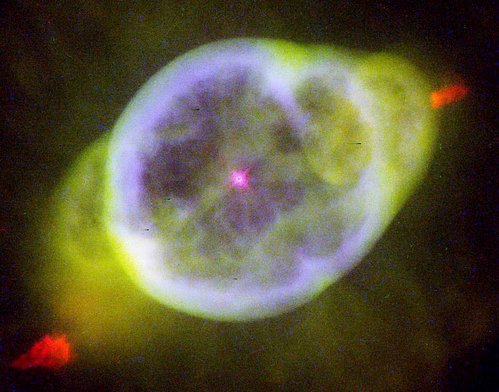



.jpg)
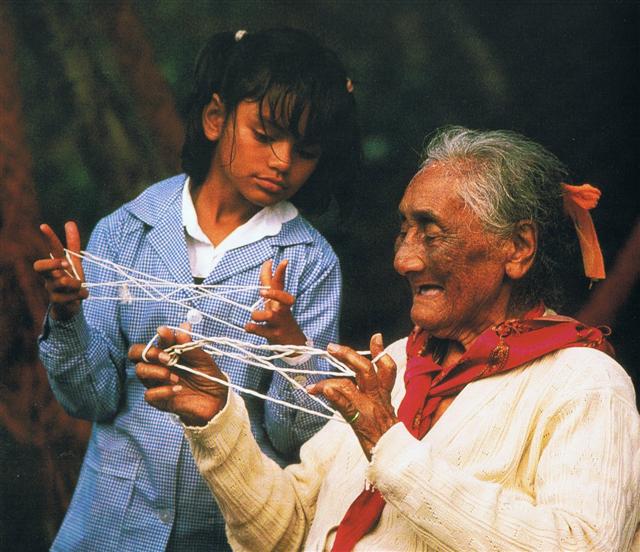
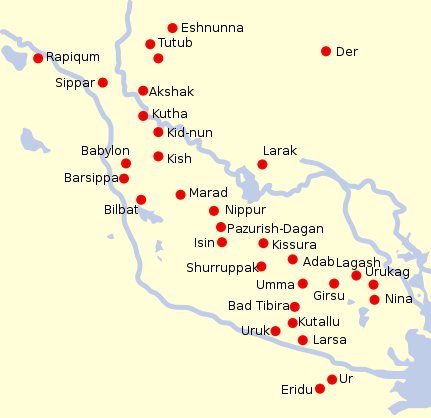
.jpg)
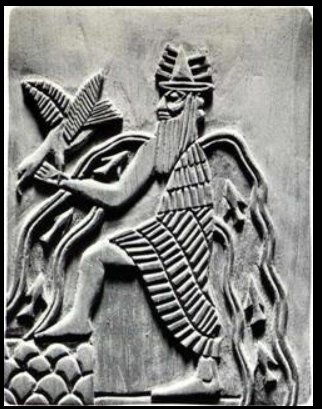

.jpg)





